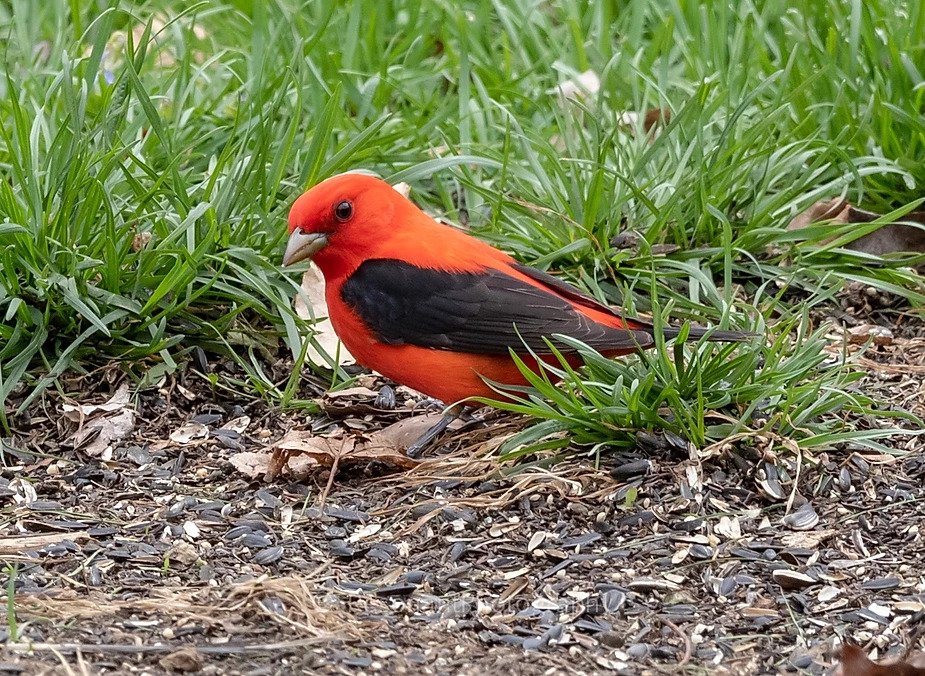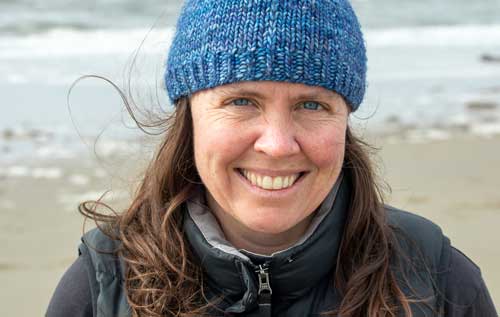We just put out bird feeders a couple years ago, when we’d decided our geriatric cats were old and slow enough to be of very low risk to an intentionally dense and localized bird population. We put the feeders out on a whim, totally unaware of the countless hours we’d spend in future months getting to know our new avian friends. We had no idea of the incredible species diversity that was flying over our heads and flitting about our trees for all these years; not until we drew them in at eye level.
Having busy bird feeders is like seeing an entirely new dimension of nature. Seeing over a dozen different species of birds at the feeder each day is typical, with many, many more during fall and spring migration times. Even within each species, there is tons of variation–male and female adult, male and female juvenile, winter vs. spring plumage, etc. We have a stack of bird books and a couple sets of binoculars always at the ready, adding to our knowledge slowly. But most often, we just watch, and the show is never dull. Birds are so very busy being birds! We watch they way the birds move–all have different styles of flying, perching, hopping, and eating. (I’m sure there are technical terms for all these things–we know none of them and it does not diminish our enjoyment in the slightest.) We notice when they sing and when they are silent. We notice who eats what, and which birds seem to take up all the space and food they want while others wait in the background for a clear perch. We notice which birds seem to register our presence, even as they go fully about their business of being birds. Now in our second season of feeding birds, we are starting to notice who comes during which time of year, and starting to connect that to larger cycles of season change and daylight. Slowly, we are finding ourselves better at noticing birds away from the feeders, our senses more attuned to their songs and quick movements. We are building a new level of awareness and connection with this amazing part of the natural world, which I can only imagine will continue deepening as we continue noticing.
We are deeply grateful for their presence, which of course was always there but practically invisible to us without the magic goggles provided by our bird feeders. I suspect the birds are also grateful for our presence in a way unique to most human interactions with the more than human world. It is a very rare situation in which it is appropriate for a human to feed a wild creature. What a gift that science tells us that feeding wild birds is beneficial; that we get to directly provide nourishment to their bodies as they feed our souls. They model for us in each moment such clear purpose, beautiful presence, awareness of their surroundings, and constant communication. All that, for just a little bit of seed and attention. Bird TV is definitely the best channel we’ve got.


